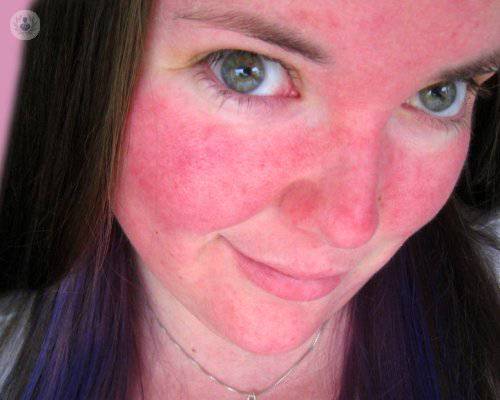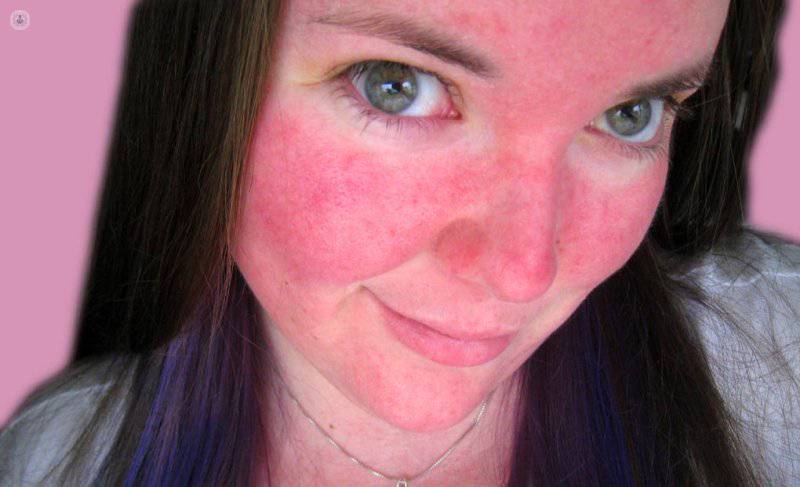
Controlling rosacea using laser treatment
Rosacea is a form of chronic dermatosis that affects 10% of the population. Fair-skinned women are more prone to it. It is not a serious illness but it is an aesthetic issue which can cause stress. It is poorly understood and there is no known cure, though it can disappear. The focus of treatment is therefore to control and limit the symptoms.

Causes of rosacea
The causes of rosacea are unclear but various triggers have been identified such as extreme temperature change, excessive intake of spicy foods, chocolate, soya sauce, alcohol, emotional stress and physical exercise.
Symptoms of rosacea
Rosacea mainly affects the face, especially the cheeks, chin and nose. It can also occur on the ears, neck, body and scalp but this is less common. The most common symptoms include flushing, redness, visible blood vessels and pimples.
Laser treatment of rosacea
Currently none of the available treatments (topical, systemic and laser) cure rosacea. The aim of the therapy is to reduce the symptoms, lengthen the periods between recurrences and improve the physical appearance of the outbreaks. Laser treatment is especially useful in the treatment of erythematotelangiectatic (subtype 1) rosacea, as it effectively improves the vascular component of rosacea, reducing the redness, blotchiness, and the occurrence of new rosacea outbreaks. The most suitable laser for treating rosacea is the pulsed dye laser (PDL). Other lasers such as the 532nm KTP laser, the Nd:YAG 1.064nm laser and the intense pulsed light are vascular lasers that can also be used. In cases of phymatous rosacea (subtype 3), a CO2 laser can be used, its light is absorbed by water resulting in the targeted destruction of excess tissue.

